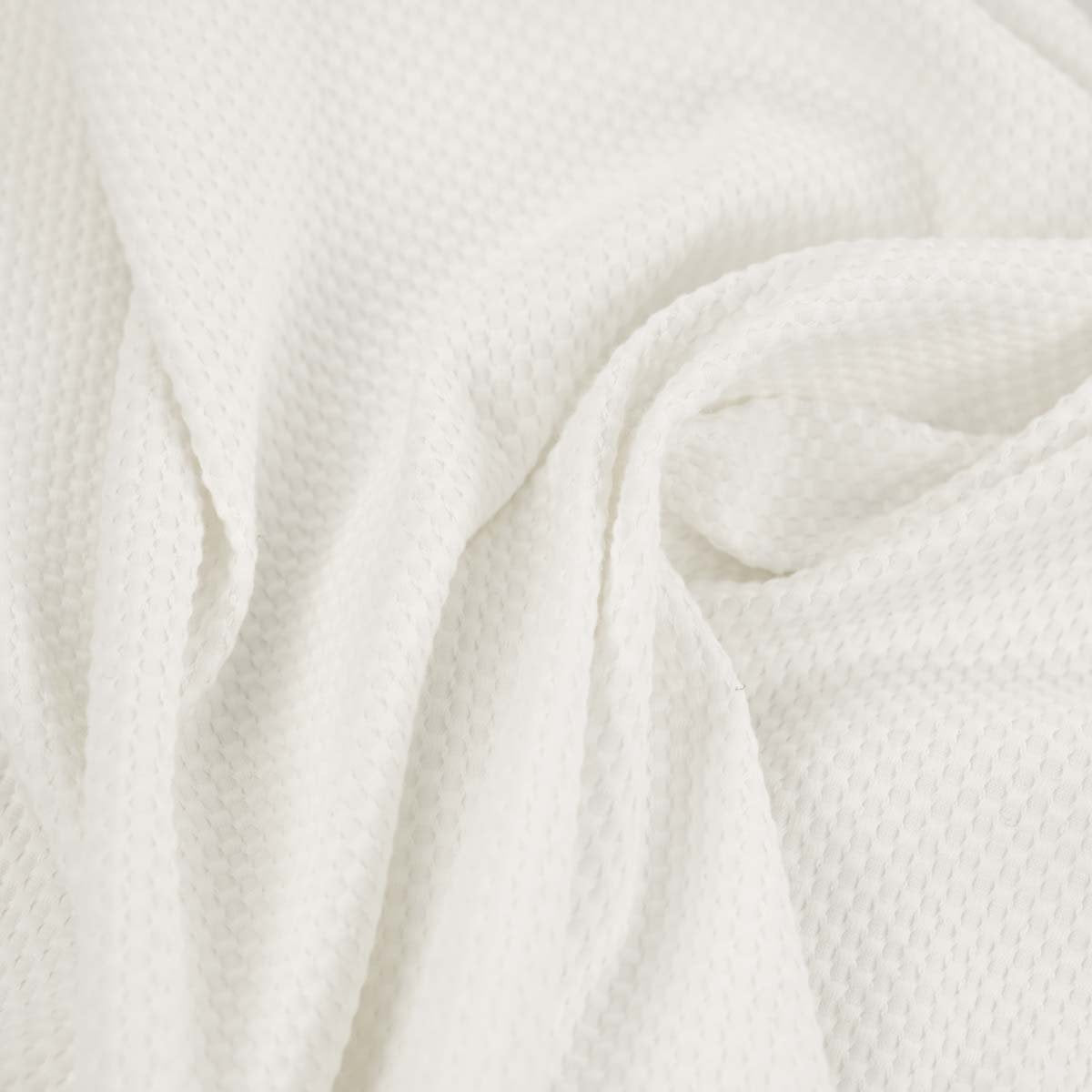Introduction: Unfolding the Mysteries of Pique Fabric
Pique fabric, with its distinctive texture and versatile charm, has long held a favored position in the world of textiles. This unique weave, characterized by raised parallel cords or fine ribbing, adds depth and dimension to garments, making it a popular choice for polo shirts, dresses, and even bedding. Delving into the intricacies of pique fabric not only uncovers its rich history but also explores its manufacturing process, properties, and the various types that exist today. This comprehensive guide aims to provide a thorough understanding of this textile favorite, shedding light on why it continues to captivate both fashion enthusiasts and manufacturers alike.
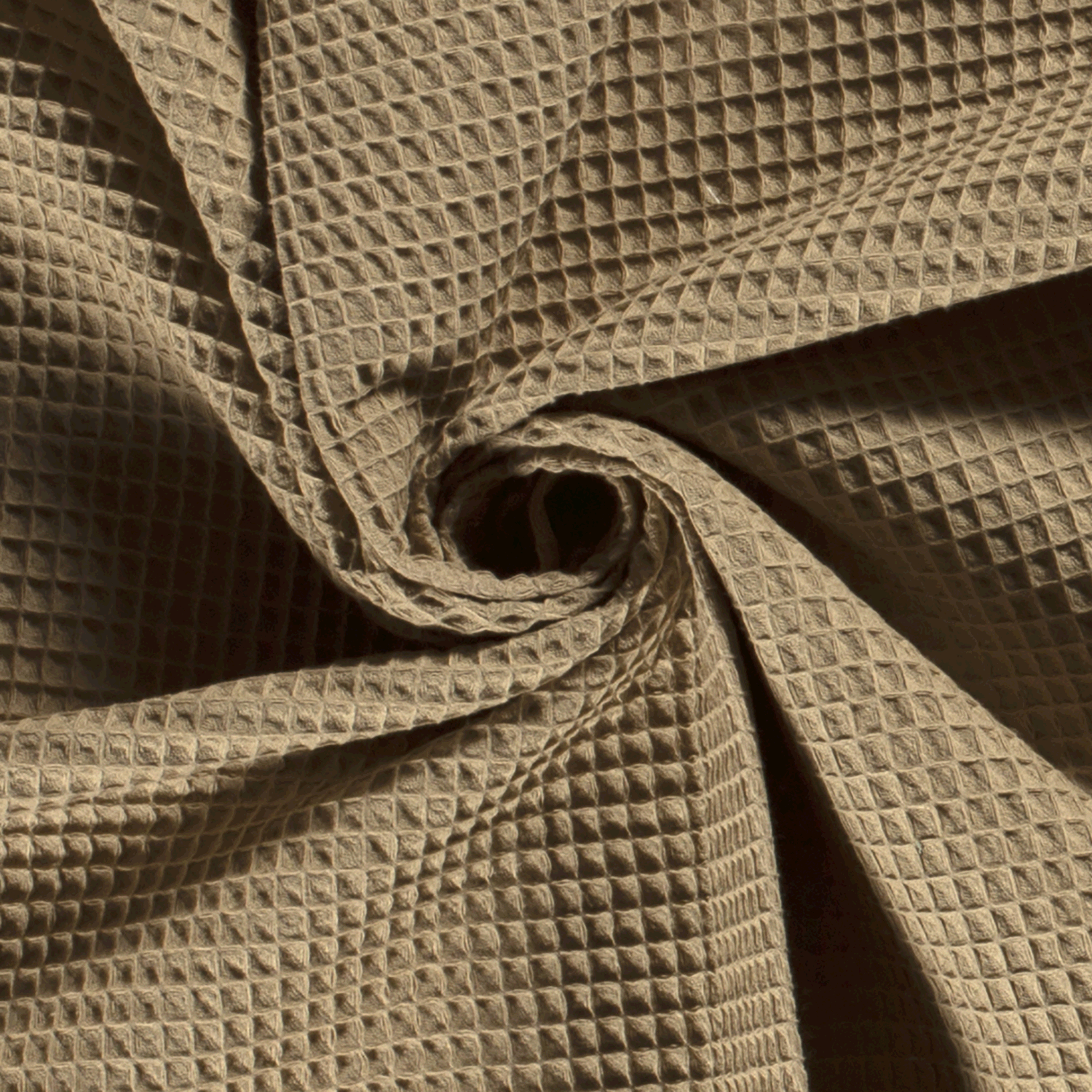
The Historical Canvas: Pique’s Journey Through Time
The origins of pique fabric can be traced back to the 17th century Europe, where it was initially crafted as a luxury textile for the elite. Its name, derived from the French word ‘piquer,’ meaning ‘to prick’ or ‘to pierce,’ alludes to the fabric’s textured surface resembling tiny punctures. Initially woven from silk or a blend of cotton and silk, pique fabrics were used primarily for undergarments and later evolved to become a staple in gentlemen’s wardrobes as part of the classic tennis shirt or ‘polo shirt.’ Over time, technological advancements and the democratization of fashion brought pique into more widespread use, with cotton becoming the predominant fiber due to its breathability, durability, and affordability.
Weaving Wonders: The Artisanal Process Behind Pique
Understanding pique fabric necessitates a closer look at its unique weaving technique. Unlike the plain weave (used for standard cotton shirts) or twill weave (characteristic of denim), pique employs a dobby or jacquard loom to create its signature honeycomb or waffle-like structure. In this process, warp yarns are lifted and lowered in a specific sequence to interlace with the weft yarns, forming small geometric patterns that stand out against the base fabric. This intricate method imparts pique with its characteristic sheen, enhanced breathability, and a subtle elasticity that contributes to its comfort and ease of wear. Moreover, the thickness of the fabric, determined by the size of the ribbing, can vary, leading to different weights and textures suitable for diverse applications.
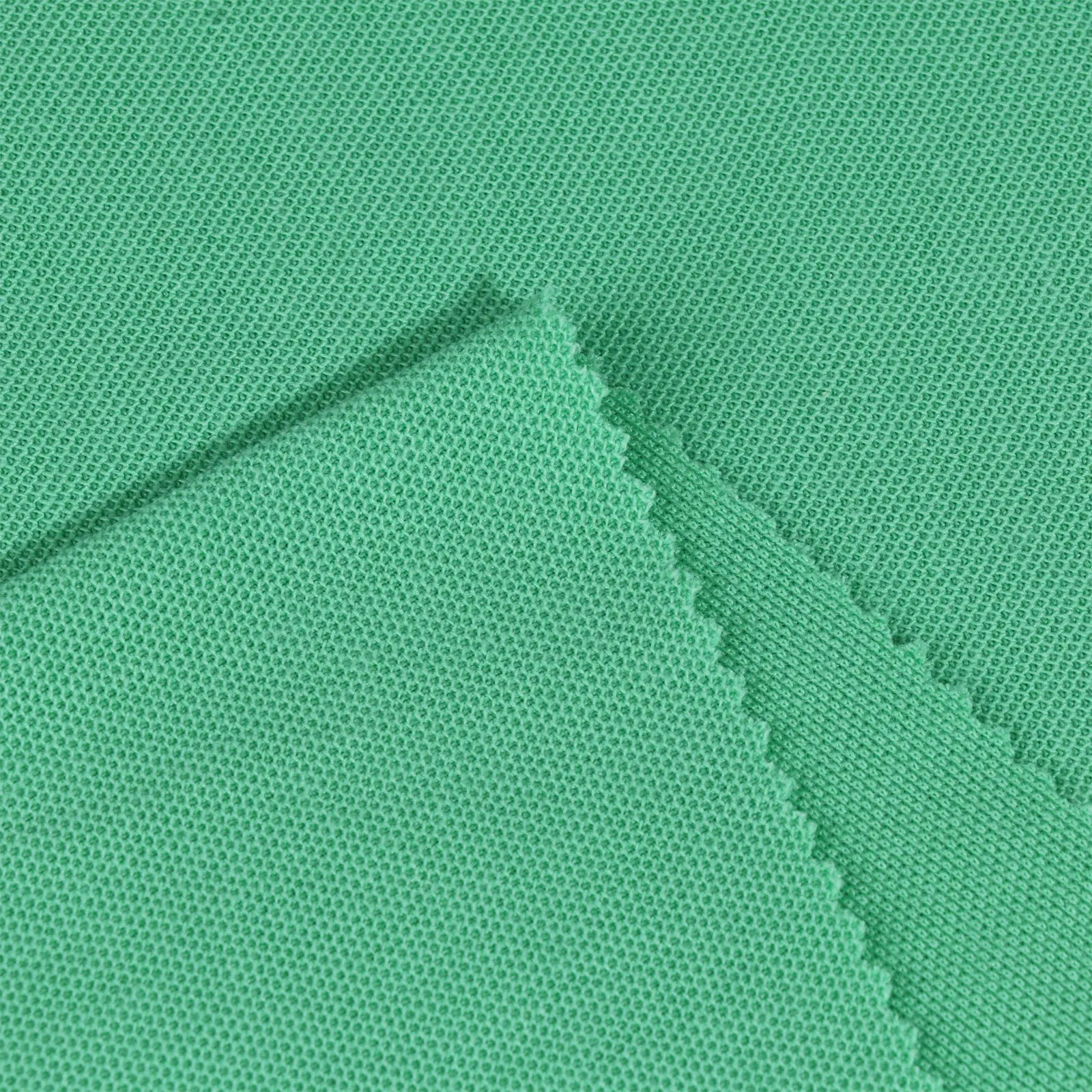
Variations on a Theme: Types of Pique Fabrics
Pique fabric is far from monolithic, offering a range of styles suited to different aesthetic preferences and functional needs. The three primary classifications are:
- Marcella Pique: Originating in Italy, Marcella is a heavy, luxurious type often used for formal eveningwear, such as tuxedo shirts. Its tightly woven structure gives a pronounced texture and excellent stiffness, maintaining a crisp appearance even after extended wear.
- Lacoste Pique: Named after the iconic brand that popularized it, Lacoste pique is synonymous with the classic polo shirt. Characterized by a medium-weight weave and a flat, even surface, it balances comfort and style, making it ideal for casual and sportswear.
- Birdseye Pique: This lightweight variation features a smaller, more delicate pattern resembling the eye of a bird, hence its name. With superior absorbency and quick-drying properties, birdseye pique is frequently used for children’s clothing and undergarments.
Each type offers distinct advantages, catering to the garment’s intended use, from formal elegance to casual comfort.
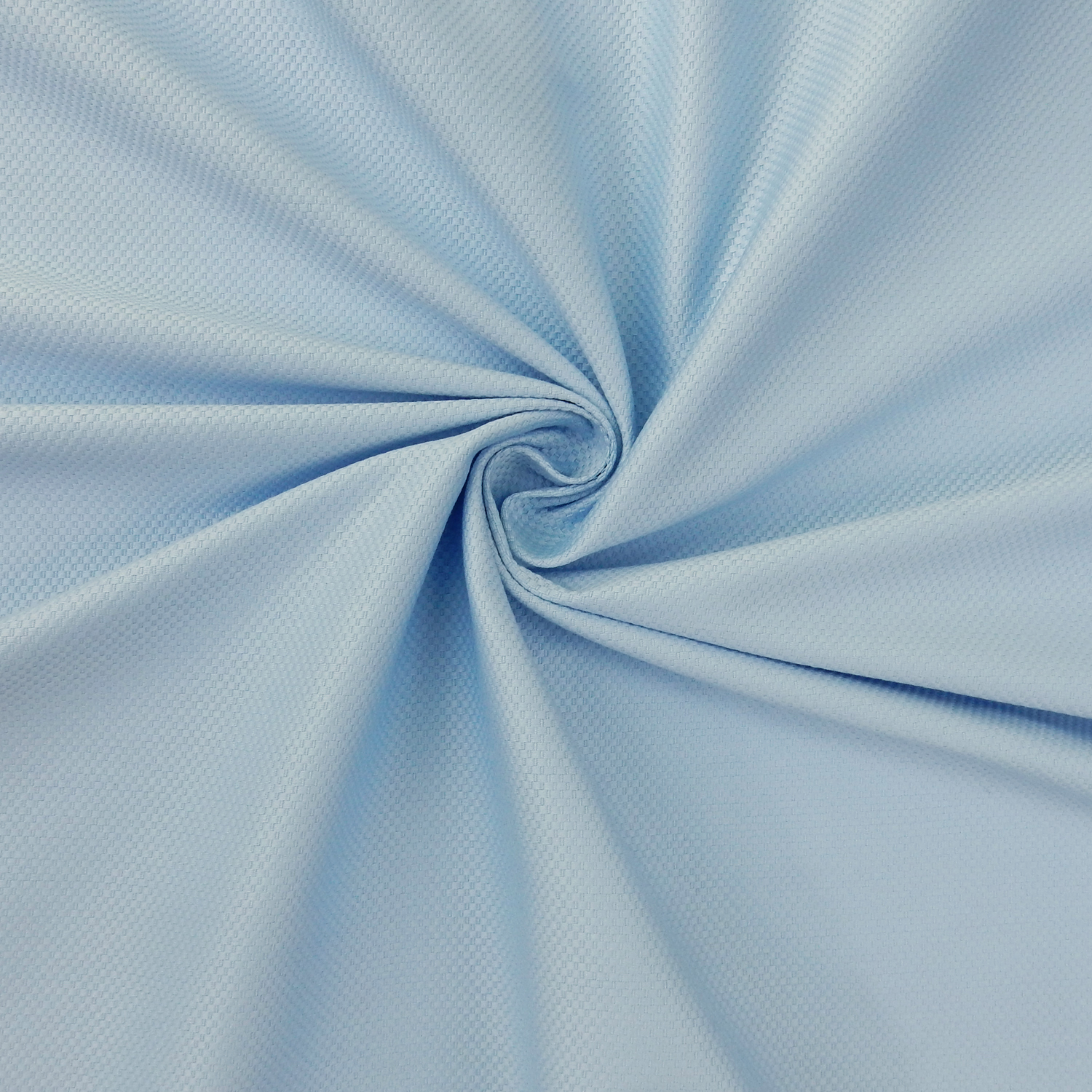
Properties That Endure: Why Pique Stands Out
The appeal of pique fabric extends beyond its aesthetics; its functional attributes contribute significantly to its popularity. Firstly, the raised weave facilitates airflow, enhancing breathability and making it perfect for warmer climates and active wear. Secondly, the slight stretch inherent to its structure allows for ease of movement without compromising on shape retention, ensuring garments maintain their form over time. Additionally, pique’s textural surface can disguise minor wrinkles, lending a casually sophisticated look even when slightly creased. Lastly, its ability to hold dye well results in vibrant, long-lasting colors, a feature particularly valued in fashion design.
Caring for Your Pique: Maintenance Matters
To preserve the integrity and longevity of pique garments, proper care is essential. Most pique fabrics are machine washable but should be handled gently to prevent stretching or damage to the weave structure. It’s advisable to wash in cold water using a mild detergent and avoid using bleach, which can weaken fibers and fade colors. Drying on a low heat setting or air-drying is recommended to prevent shrinkage, with ironing preferably done while the fabric is still slightly damp, using a warm iron and avoiding direct contact with the ribbed areas to maintain the texture. Proper storage, away from direct sunlight and folded neatly, will also help keep pique items looking fresh and new.
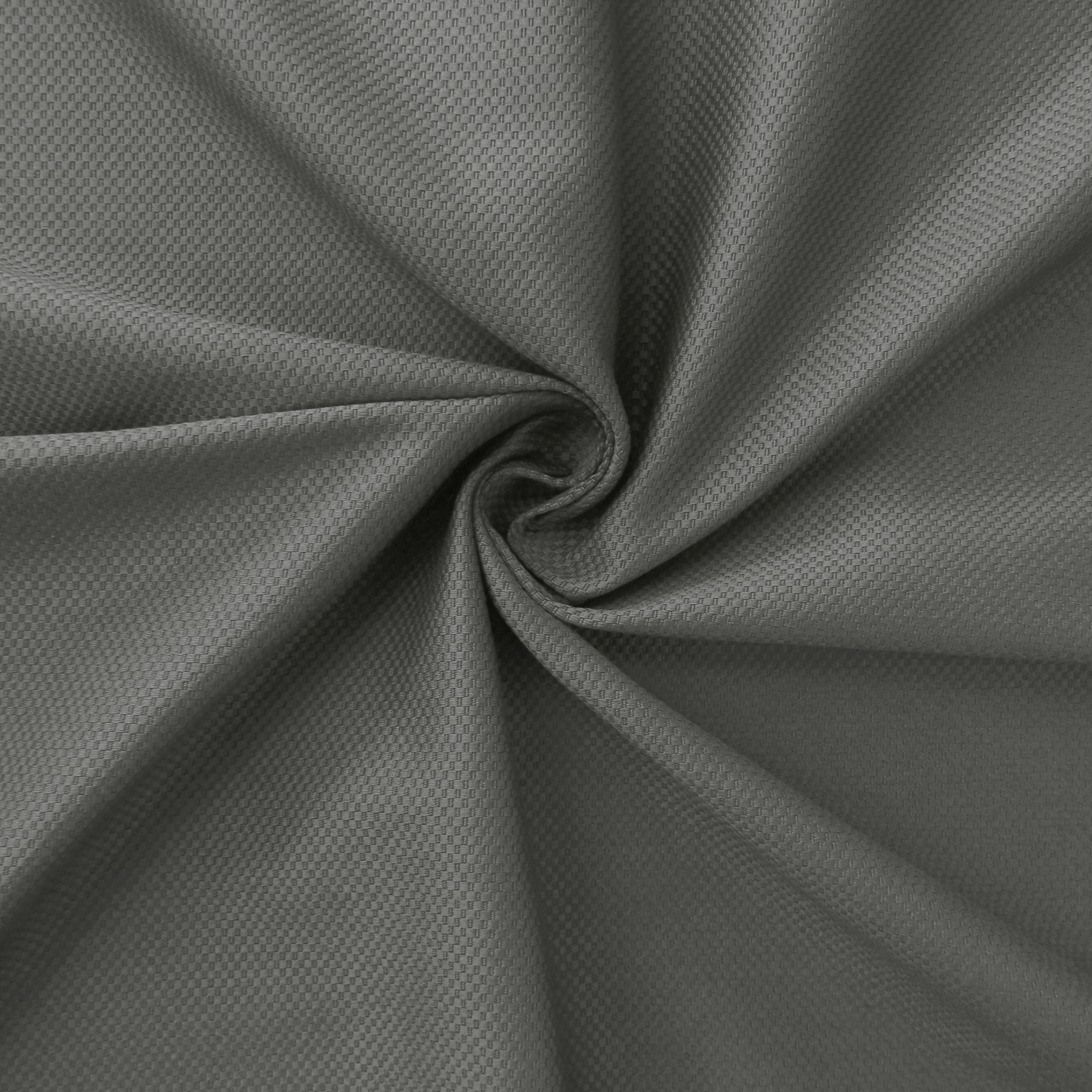
Enhancing Pique’s Lifespan with Advanced Technologies
In recent years, textile technology has advanced, further enhancing the properties of pique fabric. Innovative treatments are now available that improve its performance without sacrificing comfort or aesthetics.
- Moisture-Wicking Technology: Many modern pique garments incorporate moisture-wicking properties that actively draw sweat away from the skin to the fabric’s surface, where it evaporates quickly. This keeps the wearer dry and comfortable during physical activities, making it a preferred choice for sportswear.
- Anti-Microbial Finish: To combat odor-causing bacteria, pique fabrics can be treated with anti-microbial coatings. These finishes inhibit bacterial growth, ensuring garments stay fresher for longer, especially important for athletic wear and everyday clothing in warm climates.
- Stain Resistance: Advanced stain-resistant technologies make pique garments more resilient to spills and stains, allowing for easier cleaning and maintenance. This not only prolongs the life of the garment but also maintains its appearance.
- UV Protection: Special UV-blocking treatments can be applied to pique fabrics, providing sun protection for the wearer. This is particularly beneficial for outdoor activities, protecting the skin from harmful UV rays while maintaining breathability and comfort.
- Eco-Friendly Options: With growing environmental concerns, pique fabrics are also evolving to include eco-friendly alternatives. Recycled materials, organic cotton, and sustainable production processes are being incorporated, offering consumers a greener choice without compromising on quality or functionality.
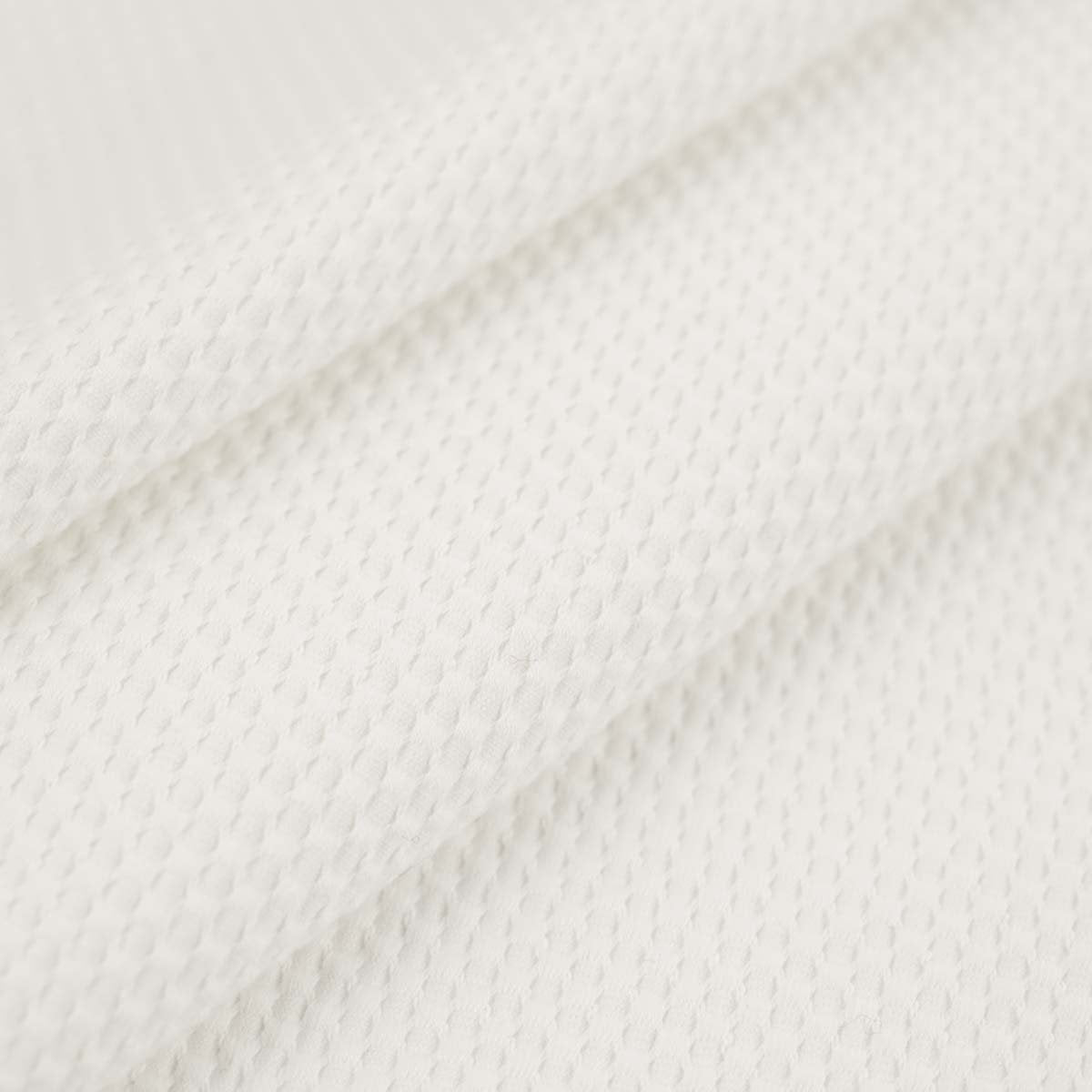
Conclusion: Embracing the Timeless Charm of Pique
From its regal beginnings to its contemporary prevalence, pique fabric has proven itself a timeless textile favorite. Its unique weave, versatility in application, and functional benefits make it a go-to choice for designers and consumers alike. By appreciating its historical significance, understanding the intricacies of its production, and recognizing the importance of its various forms and maintenance, one can fully grasp the allure of pique fabric. As trends come and go, pique remains a steadfast component of the fashion lexicon, continuing to inspire innovative designs and classic wardrobe staples alike.





